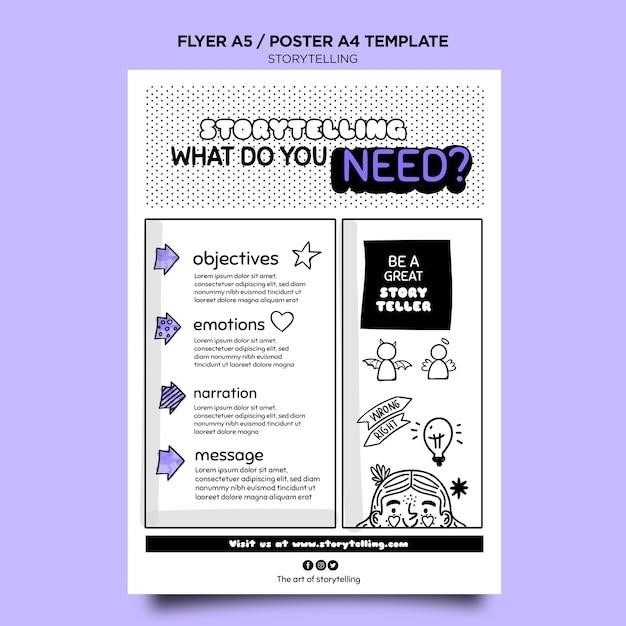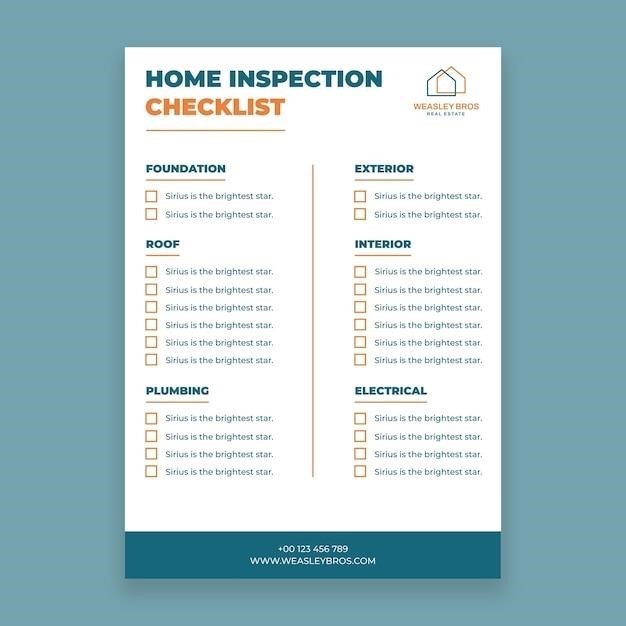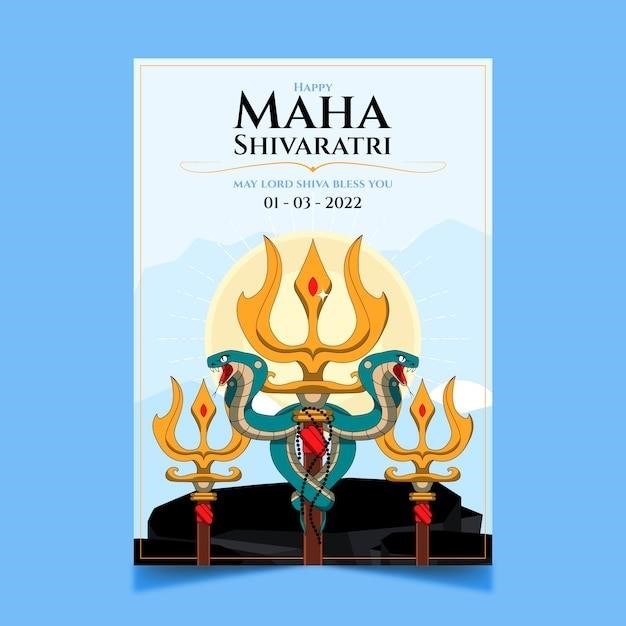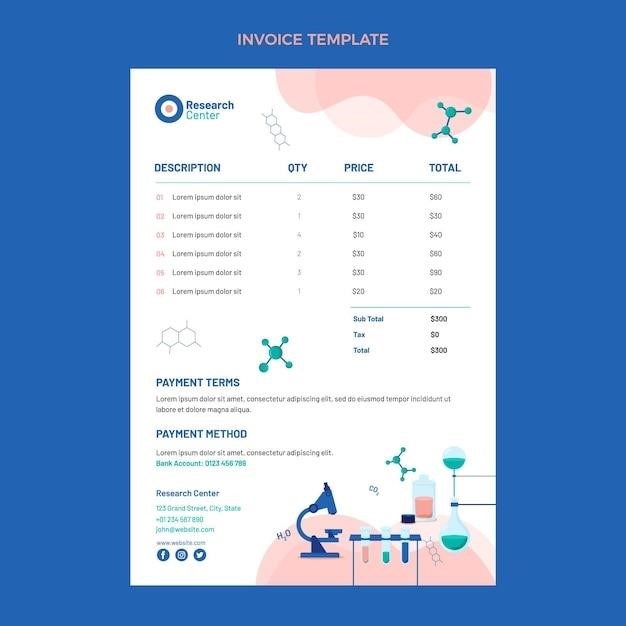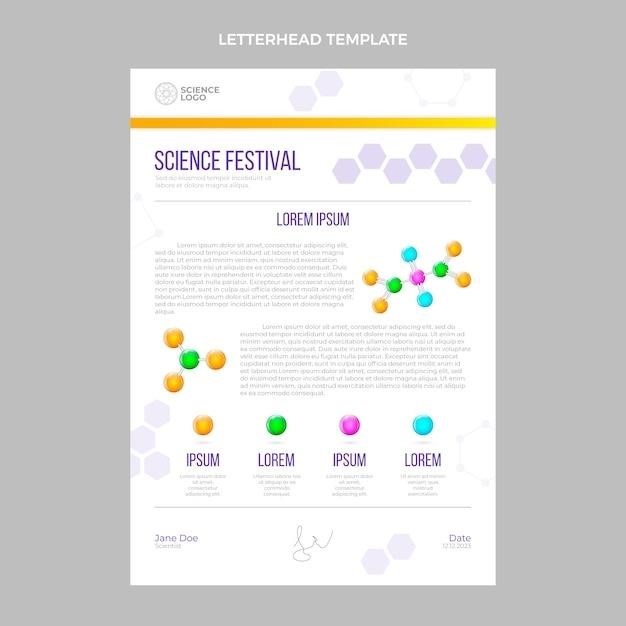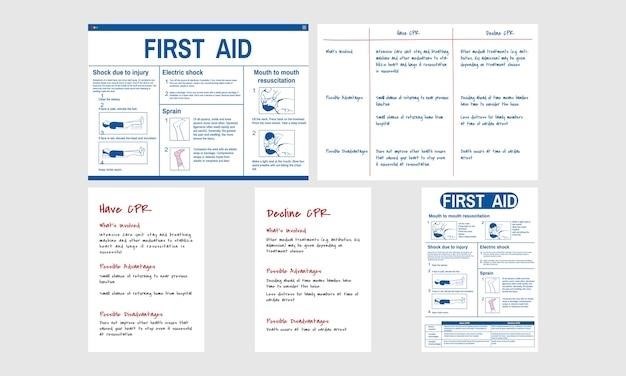The Story of the Three Little Pigs
The Three Little Pigs is a classic fairy tale that has been enjoyed by children for generations. It is a story about three pigs who build houses of different materials to protect themselves from a hungry wolf. The story teaches children the importance of hard work and planning ahead. It also emphasizes the consequences of laziness and carelessness.
Introduction
“The Three Little Pigs” is a beloved children’s fairy tale that has captivated audiences for centuries. The story, which originated in European folklore, tells the tale of three siblings who build houses of different materials to protect themselves from a hungry wolf. The tale emphasizes the importance of diligence, preparedness, and the consequences of laziness and shortcuts. Its enduring popularity is attributed to its simple yet engaging narrative, memorable characters, and timeless moral lessons.
The story of the Three Little Pigs has been adapted and retold countless times, appearing in various forms, including books, films, plays, and even video games. It has been translated into numerous languages, making it a truly global story. Its enduring popularity is a testament to its universal themes of hard work, perseverance, and the dangers of neglecting one’s responsibilities.
The Three Little Pigs is a tale that continues to resonate with children and adults alike, serving as a reminder of the importance of planning ahead, working hard, and making wise choices. Its enduring popularity is a testament to its timeless message and its ability to entertain and educate generations of readers.
The Three Little Pigs
The story centers around three pig siblings who set out on their own to build their first homes. The first pig, known for his laziness, decides to construct a house out of straw, a flimsy and easily destructible material. The second pig, slightly more diligent, chooses to build his house out of sticks, a somewhat stronger but still vulnerable option.
The third pig, however, demonstrates a strong work ethic and a keen understanding of the importance of preparedness. He meticulously builds his house out of bricks, a sturdy and resilient material. This act of foresight proves to be crucial as a hungry wolf, seeking to devour the pigs, appears on the scene.
The wolf, hungry and relentless, first targets the straw house of the first pig. With a simple huff and puff, he easily blows down the house, prompting the first pig to flee to his brother’s stick house for safety. The wolf, undeterred, proceeds to blow down the stick house with equal ease, forcing both pigs to seek refuge in the third pig’s brick house.
The Wolf’s Arrival
The wolf, driven by his insatiable hunger, sets his sights on the three pigs. He approaches their homes, a menacing figure with a sinister gleam in his eye. His arrival marks a turning point in the story, introducing a sense of danger and suspense. The wolf’s presence immediately creates tension, leaving the pigs feeling vulnerable and fearful for their lives.
The wolf’s arrival is not merely a physical threat; it represents a challenge to the pigs’ hard work and preparedness. His desire to devour them embodies the dangers of neglecting one’s responsibilities and the importance of being prepared for the unexpected. The wolf serves as a reminder that the world can be a harsh and unforgiving place, emphasizing the need for resilience and resourcefulness.
The wolf’s arrival sets the stage for the central conflict of the story⁚ the struggle between the pigs’ safety and the wolf’s hunger. His presence forces the pigs to confront their vulnerabilities and act decisively to protect themselves. The wolf’s arrival is a catalyst for action, forcing the pigs to face their fears and fight for their survival.
The First House
The first pig, known for his laziness and lack of foresight, chooses to build his house from straw. This flimsy material reflects his carefree attitude and disregard for the potential dangers that lurk outside. The straw house, a symbol of his superficiality, represents the consequences of choosing shortcuts and neglecting thoroughness.

The wolf’s arrival at the straw house is a stark reminder of the dangers of laziness and the importance of building a strong foundation. The wolf’s ease in blowing down the straw house highlights the fragility of shortcuts and the consequences of not taking the time to build something substantial. The quick destruction of the straw house is a poignant lesson in the importance of thoroughness and preparation.
The first house is not simply a dwelling; it becomes a metaphor for the choices we make in life. The first pig’s decision to build a flimsy house reflects the dangers of prioritizing immediate gratification over long-term security. The wolf’s successful destruction of the straw house serves as a warning against superficiality and the need to build something that can withstand the challenges of life.
The Second House
The second pig, demonstrating a slight improvement in his work ethic, decides to construct his house from sticks. This choice, while a step up from straw, still lacks the necessary sturdiness to withstand the wolf’s persistent efforts. The stick house, a symbol of compromise and half-hearted effort, represents the consequences of settling for something less than optimal.
The wolf’s arrival at the stick house signifies the persistence of challenges and the need for resilience. The wolf’s ability to huff and puff and blow down the stick house emphasizes the importance of thorough preparation and choosing durable materials. The quick destruction of the stick house serves as a reminder that half-measures often lead to disappointing results;
The second house becomes a metaphor for the importance of prioritizing quality over quantity. The second pig’s decision to build a stick house reflects the consequences of compromising on quality and choosing a less durable option. The wolf’s successful destruction of the stick house emphasizes the need to invest time and effort in creating something that can withstand the test of time.
The Third House
The third pig, demonstrating wisdom and foresight, chooses to construct his house from bricks. This decision reflects the importance of careful planning, prioritizing quality, and investing in long-term stability. The brick house, a symbol of resilience and perseverance, represents the rewards of hard work and commitment.
The wolf’s arrival at the brick house marks the climax of the story, emphasizing the importance of preparation and preparedness. The wolf’s repeated attempts to blow down the house highlight the strength and durability of the brick structure, serving as a testament to the benefits of choosing the right materials and building a solid foundation.
The wolf’s inability to destroy the brick house reinforces the message of the story⁚ that hard work and careful planning lead to success and resilience. The third pig’s house, a testament to his diligence, becomes a symbol of strength and security, reminding us that investing in quality and taking the time to build a strong foundation will ultimately lead to lasting success and protection from life’s challenges.
The Wolf’s Strategy
The wolf, driven by hunger and a desire to devour the little pigs, employs a cunning strategy to achieve his goal. He approaches each house, attempting to use brute force to break through the flimsy structures. This strategy, though initially successful with the straw and stick houses, highlights the wolf’s reliance on quick and easy solutions, neglecting the importance of planning and persistence.
The wolf’s attempts to blow down the houses symbolize his short-sightedness and impulsiveness. His reliance on brute force, without considering the long-term consequences of his actions, ultimately leads to his downfall. The wolf’s inability to break down the brick house reveals the flaws in his strategy, emphasizing the need for careful planning and considering the long-term implications of one’s actions.
The wolf’s strategy, while initially seeming effective, ultimately proves unsuccessful. His reliance on brute force and quick fixes, without considering the importance of careful planning and resilience, ultimately leads to his defeat. The story teaches children the importance of planning ahead, choosing the right tools for the task, and understanding the importance of perseverance and hard work.
The Wolf’s Defeat
The wolf’s relentless pursuit of the pigs, fueled by his insatiable hunger, eventually leads to his downfall. The story highlights the importance of planning ahead and the consequences of laziness. The wolf’s inability to break down the brick house, built with care and consideration, demonstrates the power of hard work and resilience.
The wolf’s defeat is a testament to the importance of preparation and diligence. The pigs who chose to build their houses with sturdy materials, understanding the potential threat of the wolf, were rewarded with safety and security. The wolf, on the other hand, suffered the consequences of his hasty decisions and lack of foresight.
The wolf’s defeat serves as a cautionary tale, reminding us that shortcuts and impulsive actions often lead to undesirable outcomes. The story emphasizes the importance of planning ahead, choosing the right tools for the task, and understanding the value of perseverance. The wolf’s downfall teaches children that hard work, resilience, and careful planning are essential for success.
The Moral of the Story
The Three Little Pigs is a timeless tale that imparts valuable life lessons, emphasizing the importance of hard work, preparedness, and the consequences of laziness. The story teaches children the value of planning ahead and making sound decisions, particularly when facing potential threats. It highlights the importance of building a solid foundation, both literally and figuratively, to withstand challenges and overcome obstacles.
The moral of the story resonates with children and adults alike, reminding us that shortcuts and hasty decisions often lead to negative consequences. The pigs who chose to build their houses with care and consideration were rewarded with safety and security, while the wolf, who opted for quick and easy solutions, faced the repercussions of his choices.
The Three Little Pigs serves as a cautionary tale, emphasizing the significance of diligence, resilience, and foresight. It teaches children that hard work, careful planning, and building a strong foundation are essential for success and well-being. The story’s enduring popularity speaks to its timeless message and its ability to connect with generations of readers.
Adaptations and Variations
The Three Little Pigs has been adapted and reinterpreted countless times, appearing in various forms of media, from stage productions and animated films to children’s books and television shows. These adaptations often introduce new elements, characters, and storylines while retaining the core themes of the original tale.
One notable variation is the inclusion of a fourth pig, often depicted as a clever and resourceful character who outsmarts the wolf by utilizing his intelligence and ingenuity. Another adaptation involves the wolf disguising himself as a harmless character, such as a salesman or a farmer, to deceive the pigs and gain access to their houses.
Some adaptations also explore the darker aspects of the story, highlighting the wolf’s predatory nature and the pigs’ vulnerability. These versions may present the wolf as a more menacing and cunning antagonist, while the pigs are portrayed as more fearful and helpless. Regardless of the specific variations, the story continues to capture the imagination of audiences worldwide, reminding us of the enduring power of storytelling and its ability to adapt to different cultural contexts and perspectives.

Cultural Significance
The Three Little Pigs holds significant cultural relevance, reflecting universal themes of perseverance, resourcefulness, and the importance of hard work. Its message of preparedness and the consequences of laziness resonates across cultures and generations. The story has become a cornerstone of children’s literature, fostering values of diligence and responsibility in young readers.
The tale has also inspired numerous adaptations and interpretations, illustrating its adaptability and enduring appeal. Its enduring popularity is a testament to its timeless message and its ability to connect with audiences of diverse backgrounds. The Three Little Pigs continues to serve as a valuable tool for teaching children about the importance of making wise choices and the consequences of their actions.
Furthermore, the story’s characters have become iconic figures, often serving as symbolic representations of different personality traits and values. The hardworking and resourceful pigs contrast with the lazy and cunning wolf, providing a clear moral lesson for young audiences. The Three Little Pigs remains a cherished story, offering valuable life lessons while entertaining and engaging children of all ages.
The Three Little Pigs stands as a timeless tale, captivating generations with its simple yet powerful message. The story’s enduring popularity is a testament to its universal themes of hard work, perseverance, and the consequences of laziness. Its enduring relevance lies in its ability to teach valuable life lessons while entertaining and engaging children.
From its humble beginnings as a folk tale, The Three Little Pigs has transcended borders and cultures, becoming a beloved classic enjoyed by children worldwide. The story’s characters, with their distinct personalities and motivations, have become iconic figures, serving as symbols of different traits and values. The tale continues to inspire adaptations and retellings, ensuring its continued presence in children’s literature and its ability to shape young minds for generations to come.
The Three Little Pigs serves as a reminder that preparedness, diligence, and resourcefulness are key to overcoming challenges and achieving success. It teaches children the importance of making wise choices and the consequences of their actions, leaving a lasting impact on their understanding of the world and their place within it.














